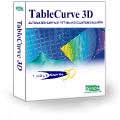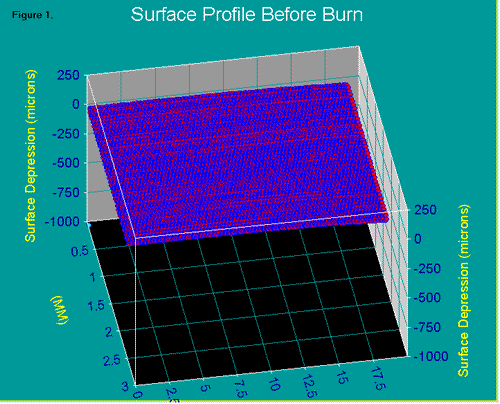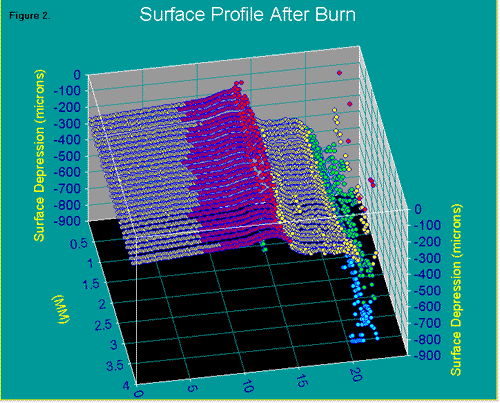|
|
|
|
SYSTAT : SIGMAPLOT :SIGMASCAN : TableCurve2D : PeakFIT : AutoSignal |
PRODUCT USES |
|---|
PRECISELY CHARACTERIZING CHANGES IN SURFACE CONDITION OF MATERIAL COMBUSTED IN MICROGRAVITY ENVIRONMENT USING ULTRASONIC IMAGING AND TABLECURVE 3D : A comparison was made of material specimens before and after microgravity combustion experiments. It was important to characterize the changed surface profile after the burn. These experiments were performed to better understand how flames spread in the microgravity environment such as would be present on the International Space Station. This type of information is critical for safety of astronauts on the Space Station. Figure 1 shows a surface map of a material sample before burning in microgravity environment as it appears in TableCurve 3D. The burn front traveled from right-to-left and caused an ~ 1000 um depression initially, followed by a decreasing (ramping) depression, and finally, an actual increase (hump) in the surface before burning out. |
||
More Examples A list of all white papers on Systat Software Products. |
||



